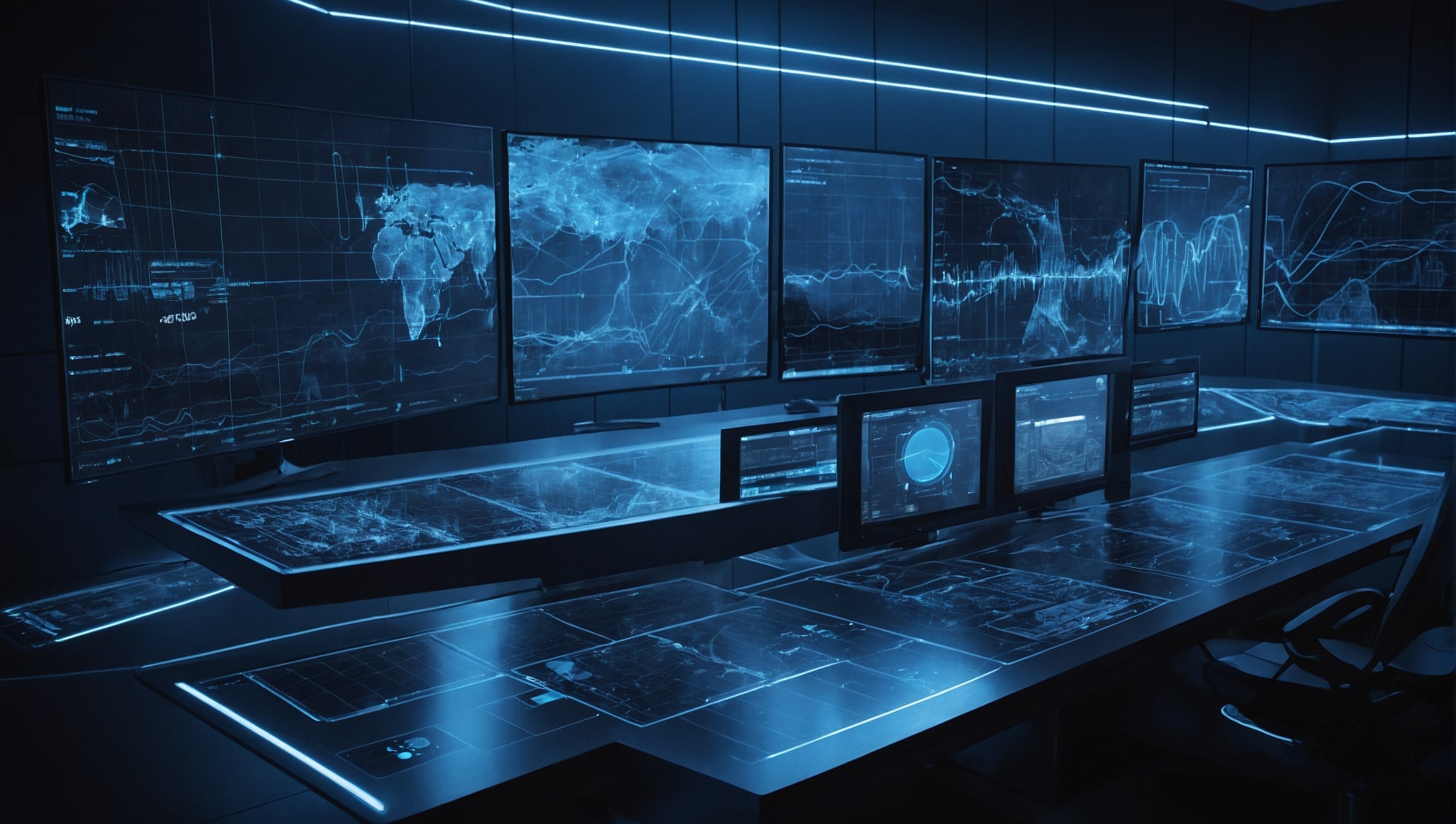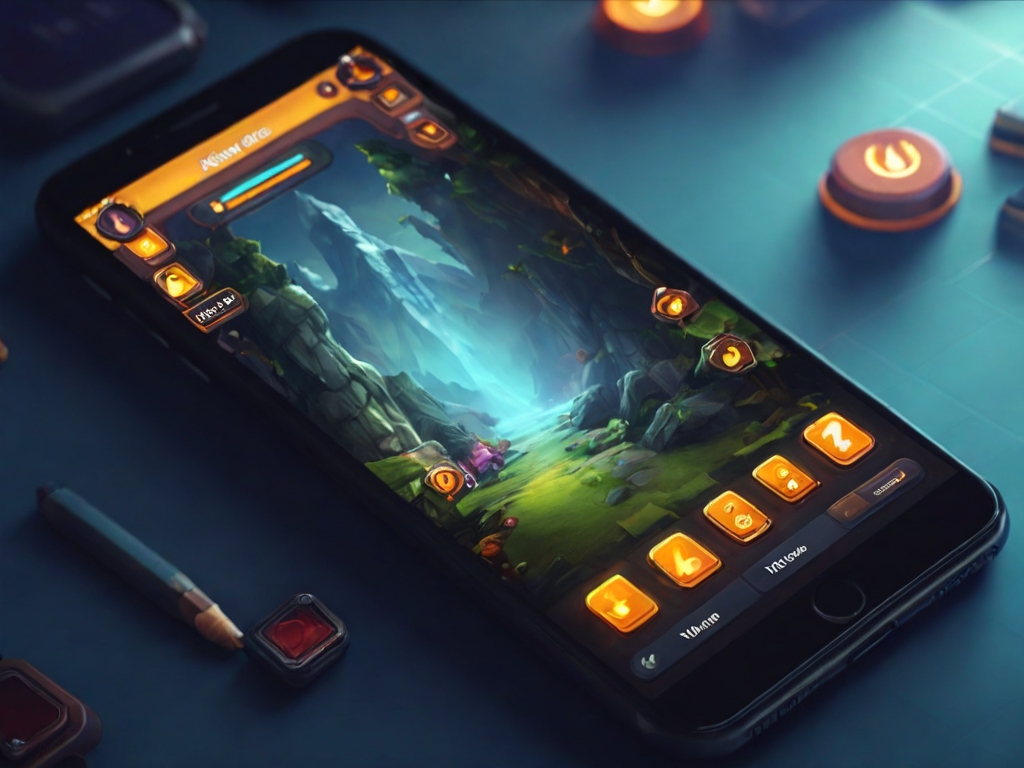
Animation in video games is like the magic that breathes life into characters, places, and stories, turning gaming from just pressing buttons into being part of an engaging tale. Let’s explore what animation means in game making – from its basic ideas to all the different ways it’s used.
Essentially, video game animation is about making things move and act in a digital world. It’s what makes a dragon soar gracefully, a hero jump agilely across platforms, or trees sway gently in a forest. Animation adds that spark of life to everything in the game.
Fundamental Principles of animation in video games
Let’s explore some fundamental principles that underpin animation in video games.
Keyframes and In-betweening
Keyframes indicate the critical points that indicate the start and finish of an animation sequence. Tweening, or in-betweening, fills in the spaces between keyframes to produce smooth motion. To achieve smooth pose transitions, timing, and spacing must be mastered.
Physics and Weight
Physics adds a layer of realism to animations, causing objects and characters to obey the rules of motion and gravity. Understanding weight and momentum is crucial for realism, whether it’s in realistic clothing or the satisfying thump of a big object hitting the ground.
Character Rigging and Skeletal Animation
Character rigging involves creating a digital skeleton for characters, allowing animators to manipulate them with ease. Skeletal animation assigns movement to specific bones within the rig, enabling complex movements such as walking, running, and facial expressions.
Interactivity and Responsiveness
In interactive environments, animations must respond dynamically to player input. From combat sequences to environmental interactions, animations should seamlessly adapt to player actions, enhancing immersion and agency.
Read also: The Key Principles Of Animation In Video Games

Applications of animation in video games
Now, let’s explore the myriad applications of animation in video games.
Character Animation
Characters are the heart and soul of any game. Animation gives characters—both protagonists and non-player characters—life through their gestures, facial expressions, and unique personalities. Character animation is an essential component of gaming and storytelling, whether it’s used to communicate emotion through facial motions or to highlight special fighting skills.
Environmental Animation
Environments play a pivotal role in shaping the game world. Realistic and immersive environments are facilitated by dynamic weather effects, bustling crowds, and swinging greenery. Environmental animation adds depth and atmosphere, enriching the player’s exploration and interaction.
UI (User Interface) Animation
A thoughtful animation for the user interface improves its usability and intuitiveness, guiding users through menus and entertainingly communicating crucial information.

Cutscene Animation
Cinematic scenes known as “cutscenes” serve as major plot points and narrative accelerators. The distinction between gameplay and cinematic experience is blurred when players are immersed in the game’s narrative through cutscene animation, which combines emotional dialogue with epic combat.
Read also: Examples Of Character Animation In Video Games
In conclusion, animation in video games is a multifaceted art form that breathes life into virtual worlds, characters, and stories. By mastering the fundamental principles and exploring diverse applications, game developers at Melior Games continue to push the boundaries of creativity and innovation, crafting unforgettable gaming experiences that inspire and captivate players worldwide.




